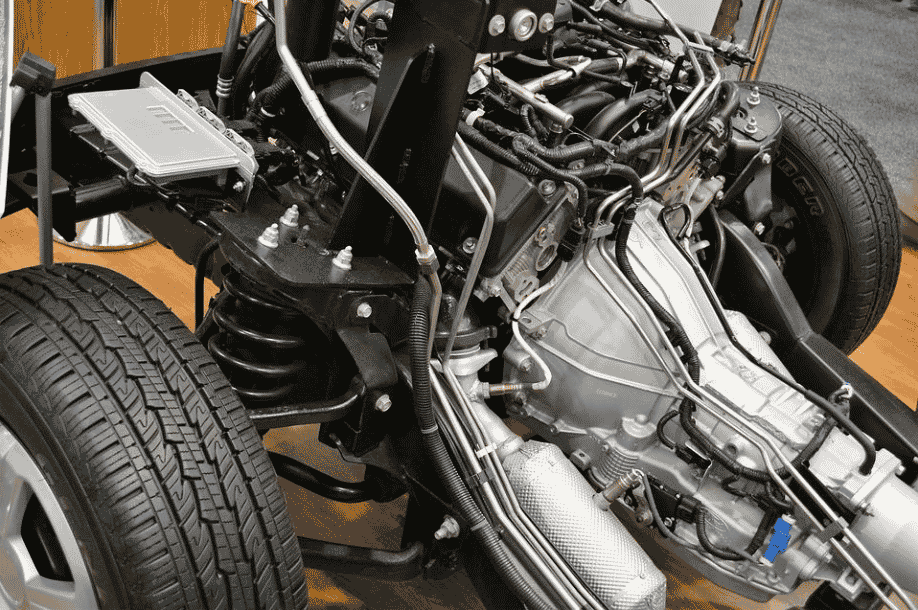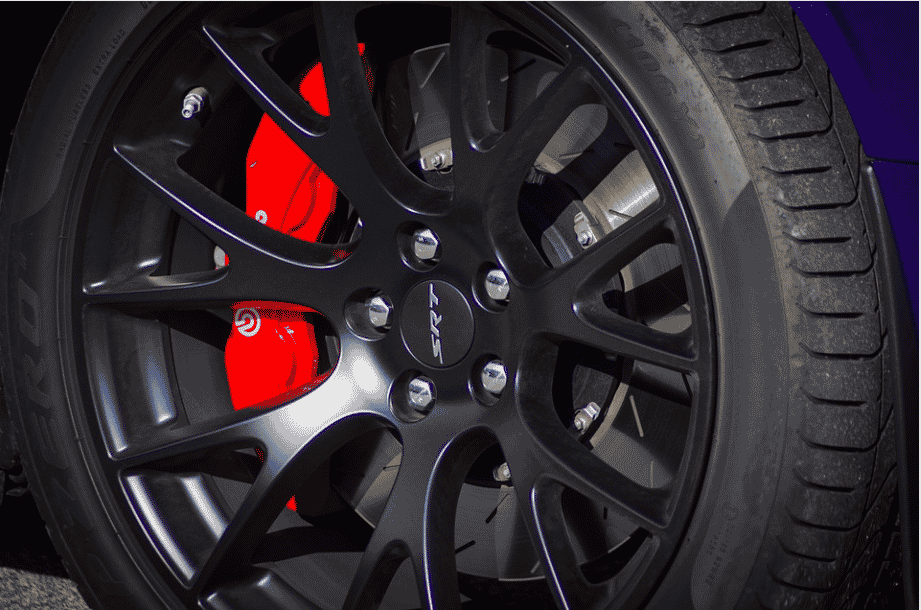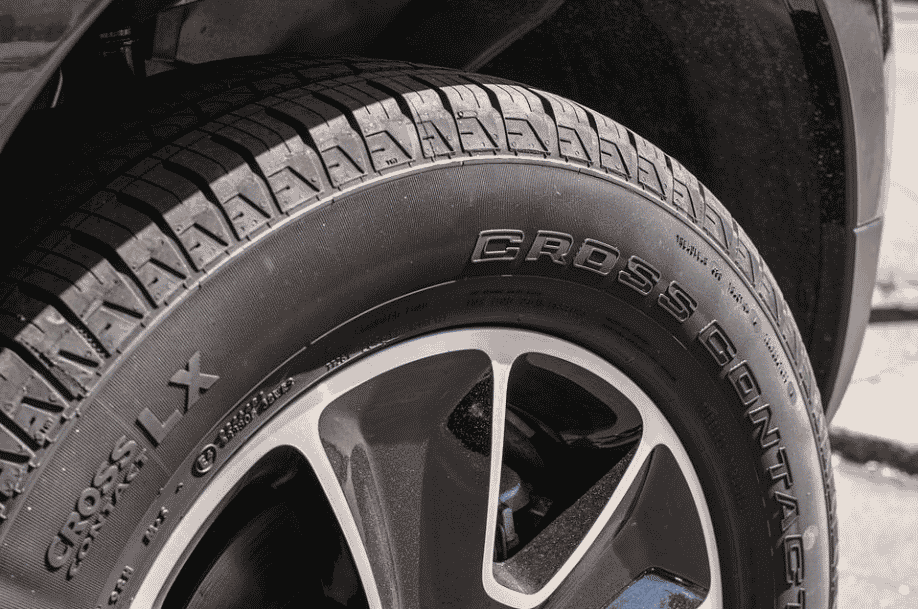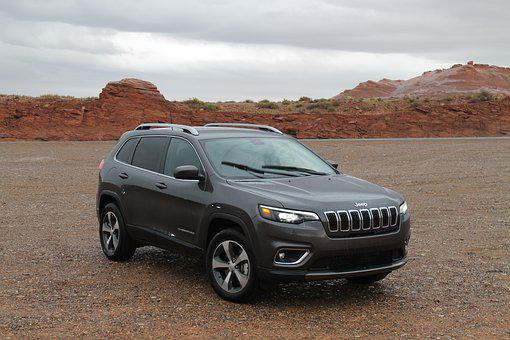
What You Need to Know About Tire Balance and Alignment
There are a lot of things that go into keeping your car running smoothly – and tire balance and alignment are two of the most important.
When your tires are properly balanced and aligned, it makes your car easier to handle and can improve gas mileage.
In this blog post, we will discuss what tire balance and alignment are, why they are important, and how you can tell if your car needs them adjusted.
Most people are aware that their car has tires, but many do not know the importance of tire balance and alignment.
Both tire balance and alignment are important for the longevity of your tires and the safety of your car.
Tire balance refers to the distribution of weight around the tire.
This is important because it helps to evenly distribute wear and tear on the tire, which leads to a longer lifespan.
Alignment, on the other hand, refers to the position of the tire in relation to the car.
This is important because it helps to ensure that your car travels in a straight line, which is essential for safety.
Both tire balance and alignment should be checked regularly by a qualified mechanic.

Advantages Of Tire Balance And Alignment
There are several advantages of tire balance and alignment, including:
- Improved tire life – When your tires are properly balanced and aligned, they will last longer. This is because the weight is evenly distributed around the tire, which leads to less wear and tear.
- Improved gas mileage – Properly balanced and aligned tires can improve your gas mileage by up to 12%. This is because your car will be able to travel more efficiently.
- Increased safety – Unbalanced and misaligned tires can cause your car to veer off course, which can lead to accidents. By keeping your tires properly balanced and aligned, you can help to avoid these dangerous situations.
- Better handling – Properly balanced and aligned tires make your car easier to handle, especially at high speeds.
- Reduced vibration – Unbalanced and misaligned tires can cause your car to vibrate, which can be extremely uncomfortable (and even dangerous) for passengers. By keeping your tires properly balanced and aligned, you can help to reduce or eliminate this vibration.
- Greater peace of mind – knowing that your tires are properly balanced and aligned can give you peace of mind when driving, knowing that you and your passengers are safe. Tire balance and alignment are important for the longevity of your tires and the safety of your car.
Ways To Tell If Your Car Needs Tire Balance And Alignment Adjusted
There are several ways to tell if your car needs tire balance and alignment adjusted, including:
Uneven Tire Wear
If you notice that your tires are wearing unevenly, it could be a sign that they are not properly balanced or aligned.
Uneven tire wear is a common problem that many drivers face.
There are several potential causes of this problem, but the most common is tire balance and alignment.
When tires are out of balance, they tend to spin faster on one side than the other.
This causes the tread to wear down more quickly on one side, resulting in uneven tire wear.
Similarly, when tires are misaligned, they tend to pull in one direction or another.
This also causes uneven tread wear and can eventually lead to tire damage.
If you notice uneven tire wear, it’s important to have your tires checked by a professional as soon as possible.
With proper maintenance, you can help extend the life of your tires and ensure a smooth ride.
Pulling To One Side
If you notice that your car is pulling to one side when you drive, it’s important to get it checked out as soon as possible.
There are a few potential causes of this problem, but tire balance and alignment are two of the most common.
If your tires are unbalanced, it can cause them to wear unevenly and can also make your car feel like it’s vibrating.
Tire alignment is another common issue that can cause your car to pull to one side.
This happens when your tires are not pointing in the same direction, which can be caused by hitting a curb or pothole.
Vibration
If you feel a vibration coming from your tires, it could be a sign that they are unbalanced or misaligned.
One of the most common sources of vibration is tire balance and alignment issues.
If your tires are out of balance, they will cause your vehicle to vibrate as they spin.
This can be extremely dangerous, as it can lead to loss of control.
Tire alignment issues can also cause vibration, as the wheels will be misaligned and rub against the road.
This can cause wear and tear on your tires, and can eventually lead to a blowout.
If you notice your vehicle vibrating, it’s important to have it checked out by a professional as soon as possible.
With proper maintenance, you can help extend the life of your tires and ensure a smooth ride.
Difficulty Steering
If you find it difficult to steer your car, especially at high speeds, it could be a sign of an alignment issue.
One of the most common complaints among drivers is difficulty steering.
This can be caused by a number of different issues, but tire balance and alignment are two of the most common culprits.
Uneven tire balance can cause the car to pull to one side, making it difficult to steer in a straight line.
Similarly, improper tire alignment can also cause steering problems.
If the tires are not pointing in the same direction, it can make it difficult to turn the wheel effectively.
Luckily, both of these issues are relatively easy to fix.
Balancing and aligning your tires regularly will help to ensure that your car steers smoothly and effortlessly.

FAQS About Tire Balance And Alignment
How Often Should I Have My Tires Balanced Or Aligned?
Most experts recommend having your tires balanced or aligned every six months to a year.
However, it’s important to consult with your mechanic to see what they recommend for your specific vehicle.
Can I Do Tire Balancing Or Alignment Myself?
It’s not recommended that you try to balance or align your own tires.
This is a job best left to the professionals.
Most people are familiar with the need to keep their car’s tires inflated to the proper level.
However, tire balance and alignment are two other important aspects of tire maintenance that are often overlooked.
Both tire balance and alignment can have a significant impact on a vehicle’s performance, and they should be checked on a regular basis.
What Is The Cost Of Tire Balancing Or Alignments
The cost of tire balancing or alignments at a standard tire shop can be quite expensive.
The average cost for a tire balance is around $50, and the average cost for an alignment is around $100.
However, there are ways to save money on tire balancing and alignment services.
Many tire shops offer discounts for customers who purchase multiple services at once.
For example, some tire shops may offer a discount of 10% off the total cost of tire balancing and alignment services if the customer purchases both services at the same time.
Additionally, many tire shops offer loyalty programs that provide customers with points or discounts on future services.
Conclusion
Tire balancing and alignment are two essential services that every driver should be aware of.
Both tire balance and alignment help to improve the safety and performance of your vehicle.
Uneven tire balance can cause vibration and uneven tire wear, while improper tire alignment can cause steering problems.
Most experts recommend having your tires balanced or aligned every six months to a year.

